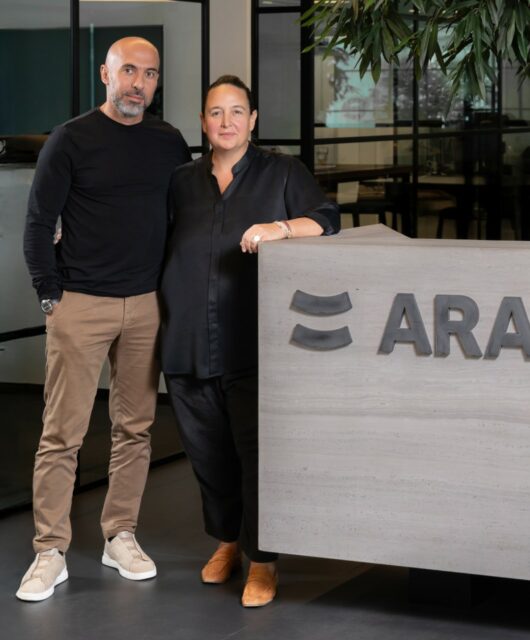Polish designers create origami-inspired foldable skyscraper for disaster zones

Overview
More and more natural disasters happen annually across the world. When dealing with forces so powerful, standard means of crisis-management often prove to be inefficient. Whether certain region is struck by earthquake, flood or hurricane – help needs to arrive quickly. This is often easier to be said than done, as damages to transportation infrastructure or remote localization can make it extremely difficult. The Skyshelter.zip tries to address these issues by proposing structure that while offering large floor surface is compact, easy to transport anywhere and can be deployed with minimum amount of time and manpower requirements. It is meant to serve as multi-purpose hub for any relief operation.
Easy transportation
The Skyshelter.zip is extremely easy to move due to its unique qualities. The entire structure is foldable in a manner that resembles origami or accordion. This means it can be neatly packaged into single relatively small box with minimum height and base dimensions reduced to building’s footprint. Then such a package can be moved anywhere with help of helicopters commonly used by rescue teams and military in the event of a natural disasters. Because elements do not have to be transported in batches by trucks, it is easier and faster to reach zones cut off from the transportation network.
Smaller footprint
Perhaps the biggest advantage of stacking vertically all functions required in zone affected by natural disaster is reducing the area that is being occupied by them. Skyshelter.zip’s footprint is on average over 30 times smaller than area required to host typically used tents or containers. This means that much less cleanup work is required prior to setting up the camp. This is especially important in densely populated areas but elsewhere means that it is going to be possible to set up those temporary shelters closer to victims original homes.







